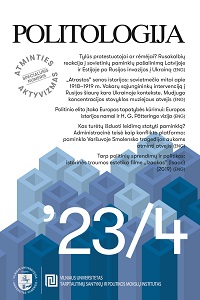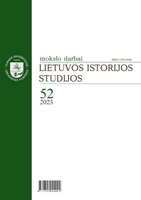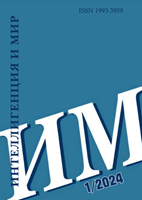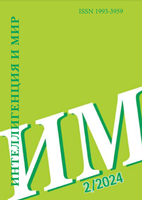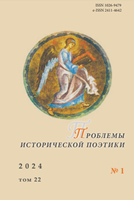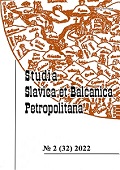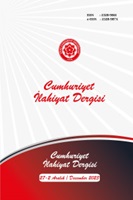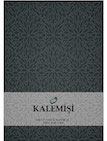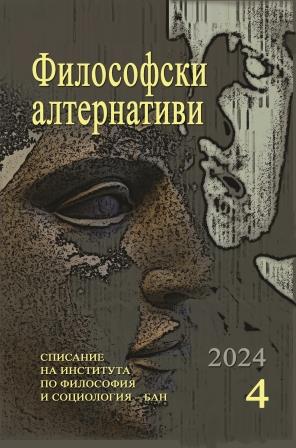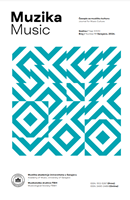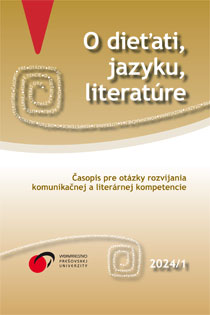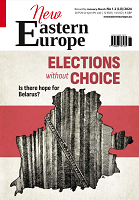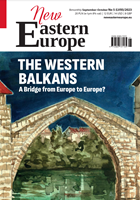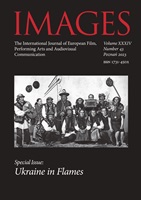Author(s): Mehmet Öncel,Turgut Yahşi / Language(s): Turkish
Issue: 2/2023
The theoretical system of Ottoman music was developed through the works of Safi al-Din alUrmawī (d. 693/1294) and ʿAbd al-Qādir Marāgī (d. 838/1435). Considering the first period, although the 24-tone sound system was not developed in theory, it is clear that it was used in practice. However, in a theoretical sense, the 17 sound system initiated by al-Urmawī continued to be used until the 20th century. In this century, the Turkish theoretical musical system evolved into a different point with the efforts of Raūf Yektā (d. 1935). Here we have an unequal 24-track sound system. The first written traces of the 24-tone sound system can be seen in the work of La Borde (d. 1208/1794). Later, Muhammad al-‘Attār (d. 1243/1828) and his student Mīkhāʾīl Mishāqah (d. 1305/1888) found fame with their 24-tone sound system. Mishāqah's work named Riṣālah alShihābiyyah fī al-ṣināʻah al-mūsīqiyyah, which also includes this system, has become an important cornerstone in the shaping of modern Arabic music. Raūf Yektā, who noticed this system through a newspaper article, determined that this note system, which is divided into 24 equal parts, provides great convenience in Turkish music, especially in naming intermediate sounds. This determination of Yekta is largely similar to the note names in Mishāqah's system, despite some differences. The main difference between this system that Yektā introduced to Turkish music and Mishāqah's system is that Yektā prefers unequal sounds. In this study, information about who first introduced the 24-tone sound system is included. However, no clear data on this subject has been found. From the perspective of Turkish music, this systematic breakthrough succeeded by Yektā - although not put forward by Yektā - enabled him to lay the foundations of today's theory with the Arel-Ezgi-Uzdilek trio. In this research, it has been determined that some of the concepts included in Mishāqah's work are the same in terms of content with the concepts in Turkish music. The focus of this study is the work named Riṣālah al-Shihābiyyah fī al-ṣināʻah al-mūsīqiyyah, written by Mīkhāʾīl Mishāqah, which Murat Bardakcı clearly stated in an article and which we think Raūf Yektā used in creating the sound system of Turkish music. The aim of the article is to reach the first traces of the 24-tone sound system and to reveal its connection with Turkish music. In the literature study, it is founded that no detailed study has been conducted on both Mīkhāʾīl Mishāqah and where the traces of the 24-track sound system can be traced. In this respect, seeking answers to these questions constitutes the originality of the article. Qualitative research method is used and, the information obtained through literatüre review was discussed with data analysis.
More...
